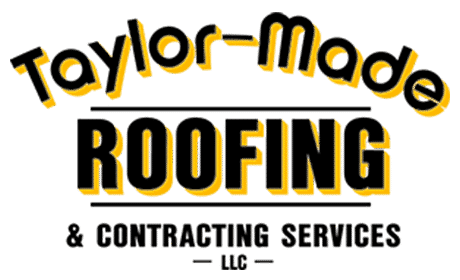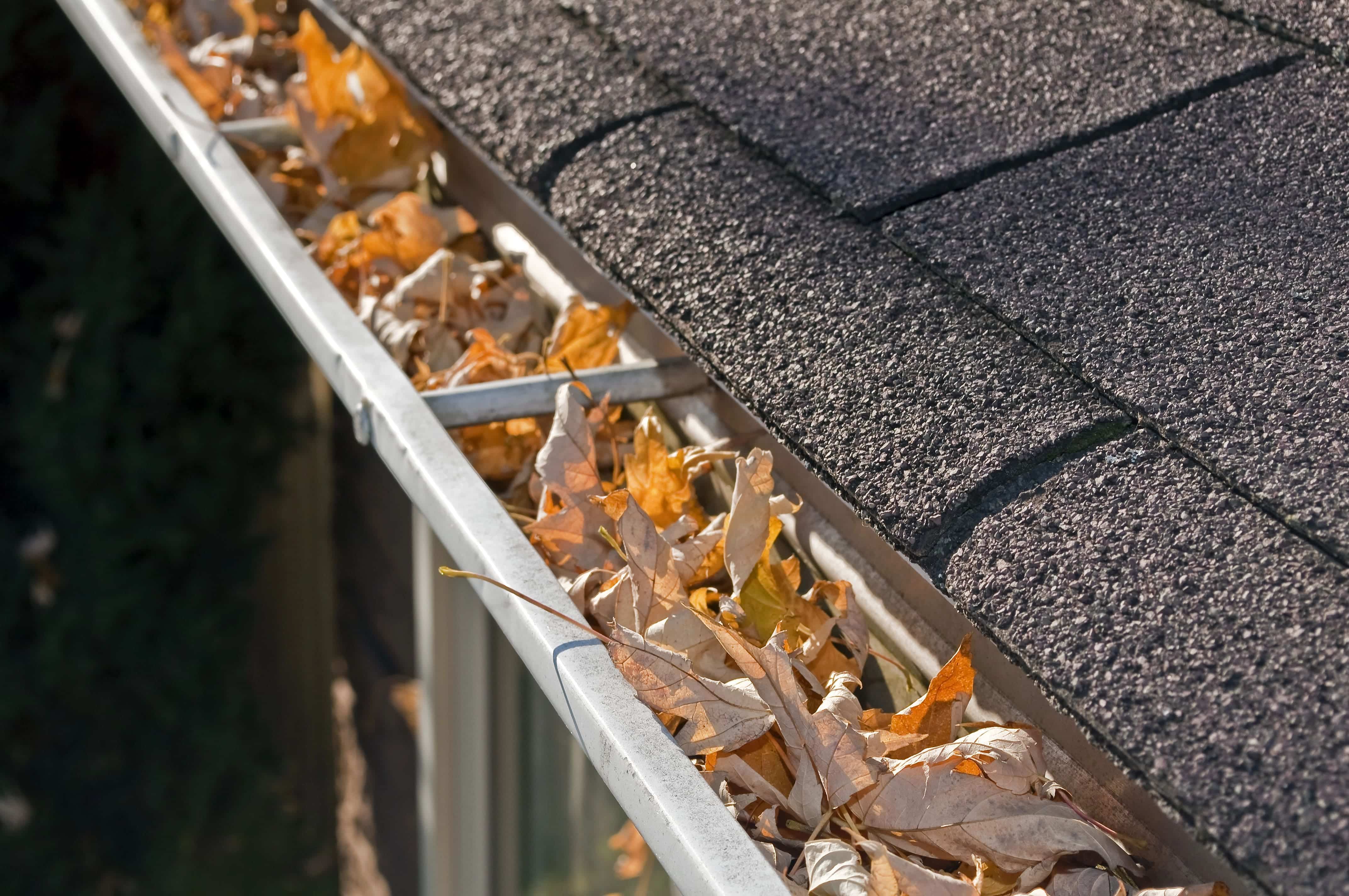Your home’s gutter system plays a critical role in protecting your home against serious water damage. When gutters work properly, they collect and divert rainwater away from your home’s foundation, protecting it from damage. But what do you do when your gutters aren’t working properly? Whether you’re noticing clogs, leaks, cracks, or holes, it’s important to understand common problems with gutters so that you know what to watch out for and how to take action.
Common Gutter Issues
Clogged Gutters
The Problem: Clogged gutters are one of the most common gutter issues homeowners face. Leaves, twigs, dirt, and other debris can accumulate in the gutters, blocking the flow of water.
Signs and Symptoms: Overflowing water during rain, sagging gutters, or the appearance of plant growth in the gutters are all telltale signs of clogging. You may also notice water pooling around your foundation or basement flooding.
The Solution: Staying on top of regular gutter cleaning is essential to prevent clogs. Clean your gutters at least twice yearly, especially in the fall and spring. Installing gutter guards can help reduce debris buildup, making maintenance easier and less frequent.
Leaks and Holes
The Problem: Over time, gutters can develop leaks or holes due to rust, physical damage, or simple wear and tear.
Signs and Symptoms: Visible water dripping from the gutter when it hasn’t rained, damp spots on the exterior walls of your house, or water pooling around the foundation are all signs of leaks. You may also see rust spots or cracks in older metal gutters.
The Solution: Small holes and leaks can be easily patched using gutter sealant or waterproof tape. For larger holes, replacing the damaged section of the gutter is recommended. Regularly inspecting your gutters can help you catch leaks early, minimizing potential damage.
Damaged Gutters
The Problem: Gutter damage can occur due to storms, heavy winds, or falling debris. Metal gutters can dent, and vinyl gutters can crack or break under stress.
Signs and Symptoms: Bent, cracked, or broken sections of gutter, loose hangers, or visible separation from the fascia are common signs of gutter damage. You may also notice water pouring over damaged sections during rainstorms.
The Solution: Minor dents can often be repaired by reshaping the gutter with pliers or a rubber mallet. For cracks or broken sections, it’s best to replace the damaged parts entirely. Reinforcing gutter brackets and securing hangers can also prevent future damage.
Sagging or Warped Gutters
The Problem: Gutters sag when they become too heavy due to debris buildup or water pooling. Over time, this extra weight causes the gutter to pull away from the house, warping its shape.
Signs and Symptoms: Gutters that hang unevenly or pull away from the roofline are clear indicators of sagging. Water pooling in sections of the gutter rather than flowing toward the downspouts is another sign of this problem.
The Solution: The most effective prevention is regular cleaning to avoid excess weight from debris or standing water. If sagging is already present, reinforce the gutters by adding additional hangers or brackets, or replace old ones. In extreme cases, you may need to replace the gutter system.
Inadequate Gutter Size or Improper Gutter Slope
The Problem: Gutters must be installed at the correct slope to ensure proper water drainage. If they are not sloped correctly or are too small for your roof, water will not flow effectively.
Signs and Symptoms: Water pooling in gutters, overflow during light to moderate rain, or gutters pulling away from the house are signs of an improper slope or size. You might also notice that water is not flowing efficiently into the downspouts.
The Solution: Hire professionals to ensure that you’re installing the right kind of gutters for your home. If your existing gutters are too small for your roof’s surface area, consider upgrading to larger gutters to handle the volume of water. You can also hire professionals to adjust the pitch of your current gutter system to ensure proper water flow.
Consequences
If you encounter any of these common problems with gutters, it’s important to address them immediately. Clogged, leaking, sagging, cracked, or overflowing gutters cannot properly direct water away from your home. Over time, this can lead to deterioration, rot, mold, mildew, and water damage to your home’s roof, siding, and even foundation.
When to Replace
Some common problems with gutters can be solved with an easy repair. Other kinds of damage, however, may indicate that it’s time to replace your gutters. If you see any of the following signs on or around your home, it may be time to consider replacing your gutters:
- Common cracks in the gutters
- Weak or damaged seams
- Frequent snags or clogs (even when you stay on top of cleanings)
- Streaky siding
- Gouged landscaping, water pooling around the foundation
Whether you have questions about problems with gutters or roofing, Taylor-Made Roofing is ready to assist you. With over 20 years of experience in residential and commercial roofing, we’re fully licensed and insured and happy to put our knowledge and talents to work for our friends and neighbors in Missouri. Our family-owned business offers quality services, a reassuring warranty, and free estimates. For more information regarding roofing materials, please call us at 417-326-8778 or contact us online.
We look forward to hearing from you!

